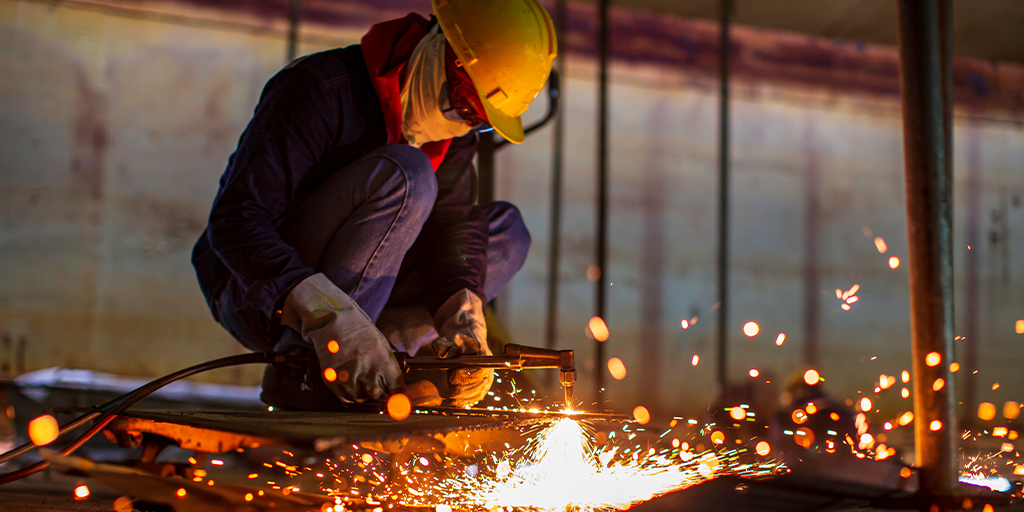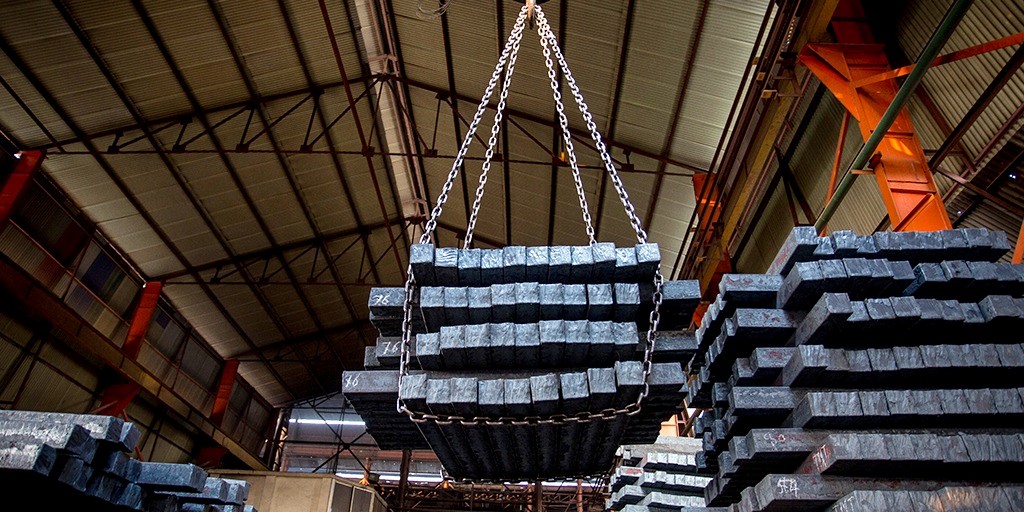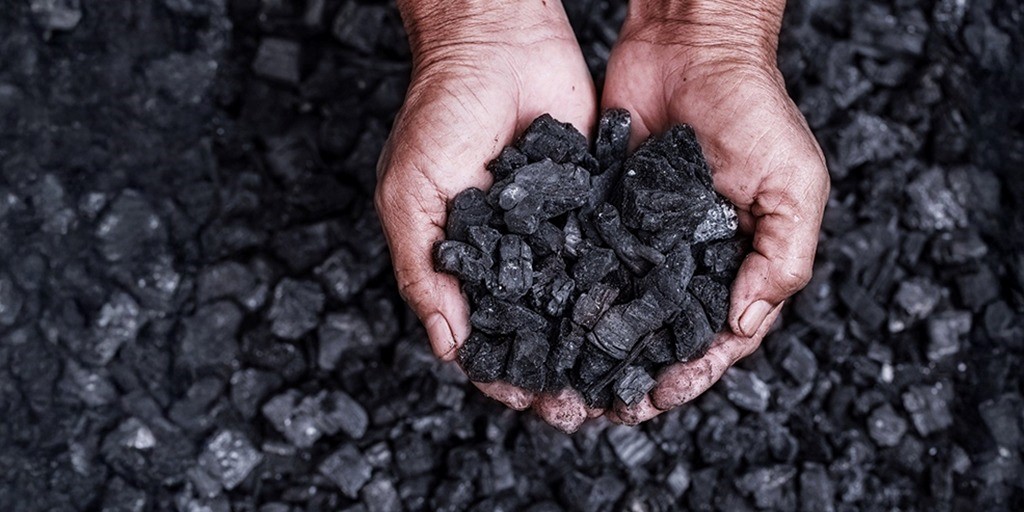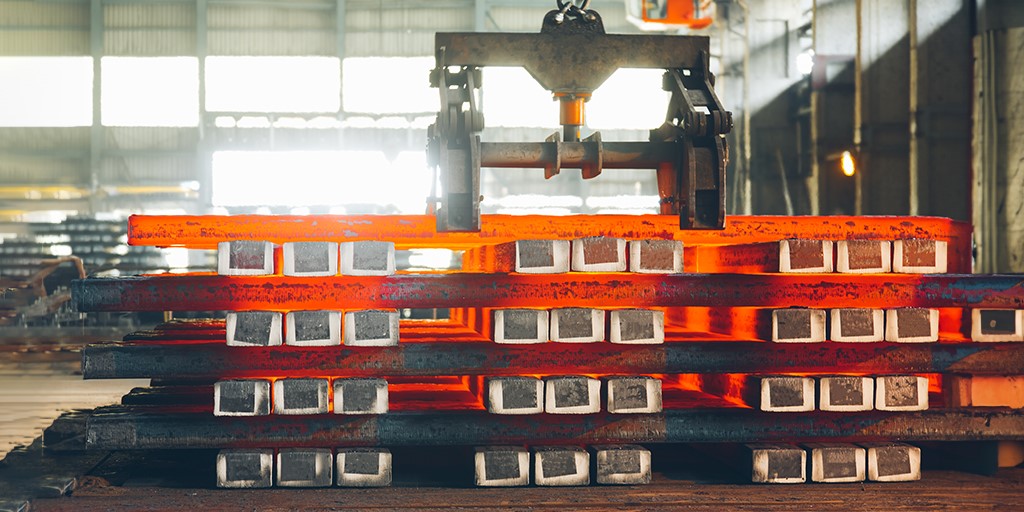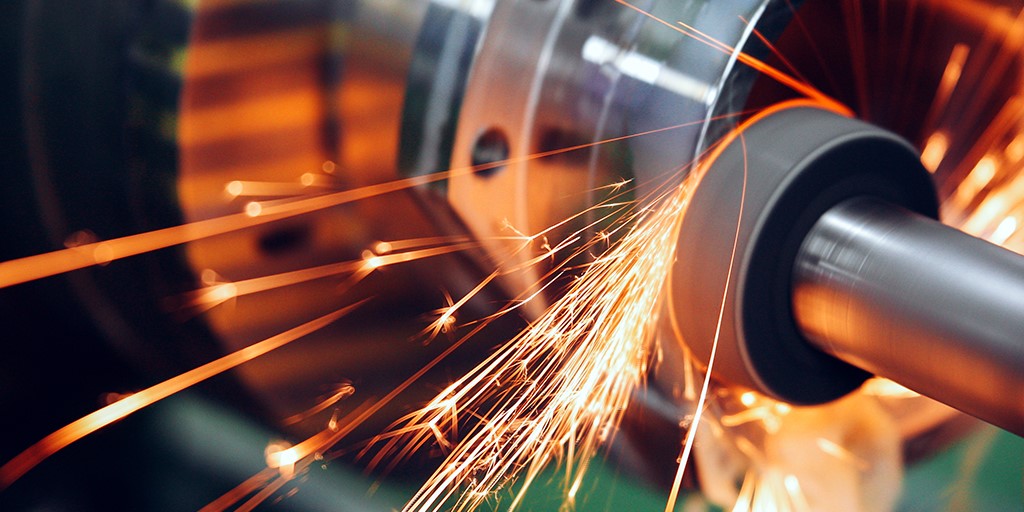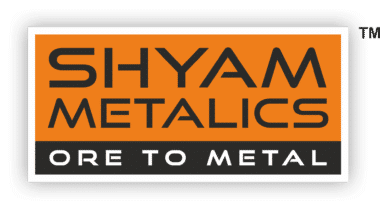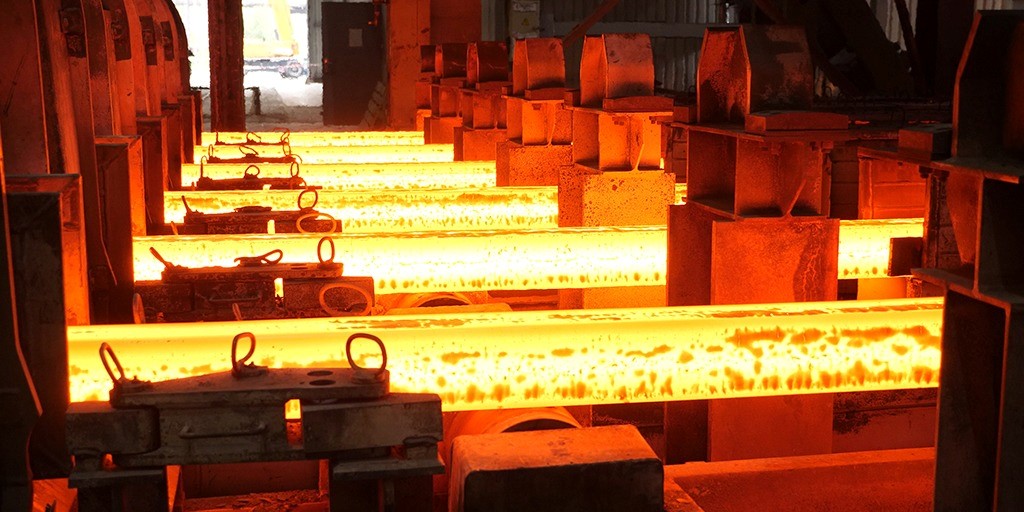
How is steel made?
Steel is one of the world’s essential materials and is fundamental to every aspect of our lives. The steel industry plays a vital role in the global economy as it significantly impacts employment, trade, infrastructure development, and the growth of other industries. Since the mid-1800s, steel has been one of the most relied-on materials globally, serving as a major material in the manufacturing and construction sectors. The metal that is the backbone of modern-day infrastructure undergoes a complex and fascinating process. In this blog, we will study the intricate steps that are involved in the steel production process, shedding light on the making of this versatile material.
Iron products evolved when blacksmiths produced rough iron goods with a practice called ferrous metallurgy. With time, iron took a few other forms before becoming the final product of steel. Similarly, in China, metallurgists heated iron in huge furnaces, effectively melting the substance into a liquid and mixing it with wood fuel. This melted liquid would then solidify, taking the shape of the moulds. Though this process of casting iron produced a more durable product than wrought iron, it was difficult to shape and bend these products.
It was after this that blacksmiths in Central Europe started coating wrought iron products with charcoal to improve iron’s strength while maintaining its flexibility. Whereas in India, ironworkers developed an iron smelting process that combined the perfect ratio of iron to carbon. They would bend the iron and charcoal pieces together in a high-temperature furnace. The iron would melt and absorb carbon atoms from the charcoal and cool down to give the end product, an iron-carbon alloy. After the discovery of iron-carbon alloys, steel production capacities began to scale up, speeding up the making of weapons, tools, and even structures. The advancements that have happened over the years have made steel a crucial global commodity.
Modern steel production began in 1856 under a process known as the Bessemer process. This process was considered to be the first to mass-produce steel. With time, other steel producers then began to polish the process, eventually discovering the air-blasting technique that helped preserve the carbon content while eliminating impurities. There are two ways to make steel today:
Blast Furnace: This process is known as the basic oxygen process, where raw iron ore is mixed with small amounts of steel scrap metal in the furnace. Pure oxygen is then blown into the furnace, raising the temperature to melt the metal into a liquid. At this stage, the iron impurities are also oxidised, reducing the carbon content to its ideal ratio and resulting in liquid steel.
Electric arc furnaces: In the EAF method, high-current electric arcs from the electrodes melt the steel scraps into liquid. While the metal is melting, the technicians add in other ferroalloys until the metal liquid reaches the desired ratio of steel to other alloys such as chromium and nickel, which then form stainless steel. To purify the steel, oxygen, lime, and fluorspar are added. These substances then combine with the impurities, leaving behind pure steel and impurities in the form of slag.
In short, the production of steel is a complex process that begins with the extraction and processing of iron ores. Apart from the Basic Oxygen Furnace and Electric Arc Furnace steel also undergoes processes like refining, alloying, and casting to achieve the desired composition and shape of the final steel product. Continuous innovation in steelmaking technologies ensures that the production process remains efficient, sustainable, and adaptable to diverse applications.
FAQs:
How is iron ore used in the steelmaking process?
First iron ore is mined through open-pit or underground mining methods. The ore is then extracted and processed to eliminate impurities before it is used in the steelmaking process.
What is a blast furnace?
A blast furnace is a large, cylindrical furnace used in smelting iron ore. The furnace operates at a high temperature and converts iron ore into molten iron by burning coke in the presence of oxygen.
Is steel sustainable in nature?
Steel is a highly recyclable material, and the steel industry has also made significant efforts to reduce its environmental impact. Steel recycling helps save energy and resources, making it an environmentally sustainable material.
How is steel moulded into different shapes?
Steel can be cast into various shapes through processes like continuous casting or ingot casting.




